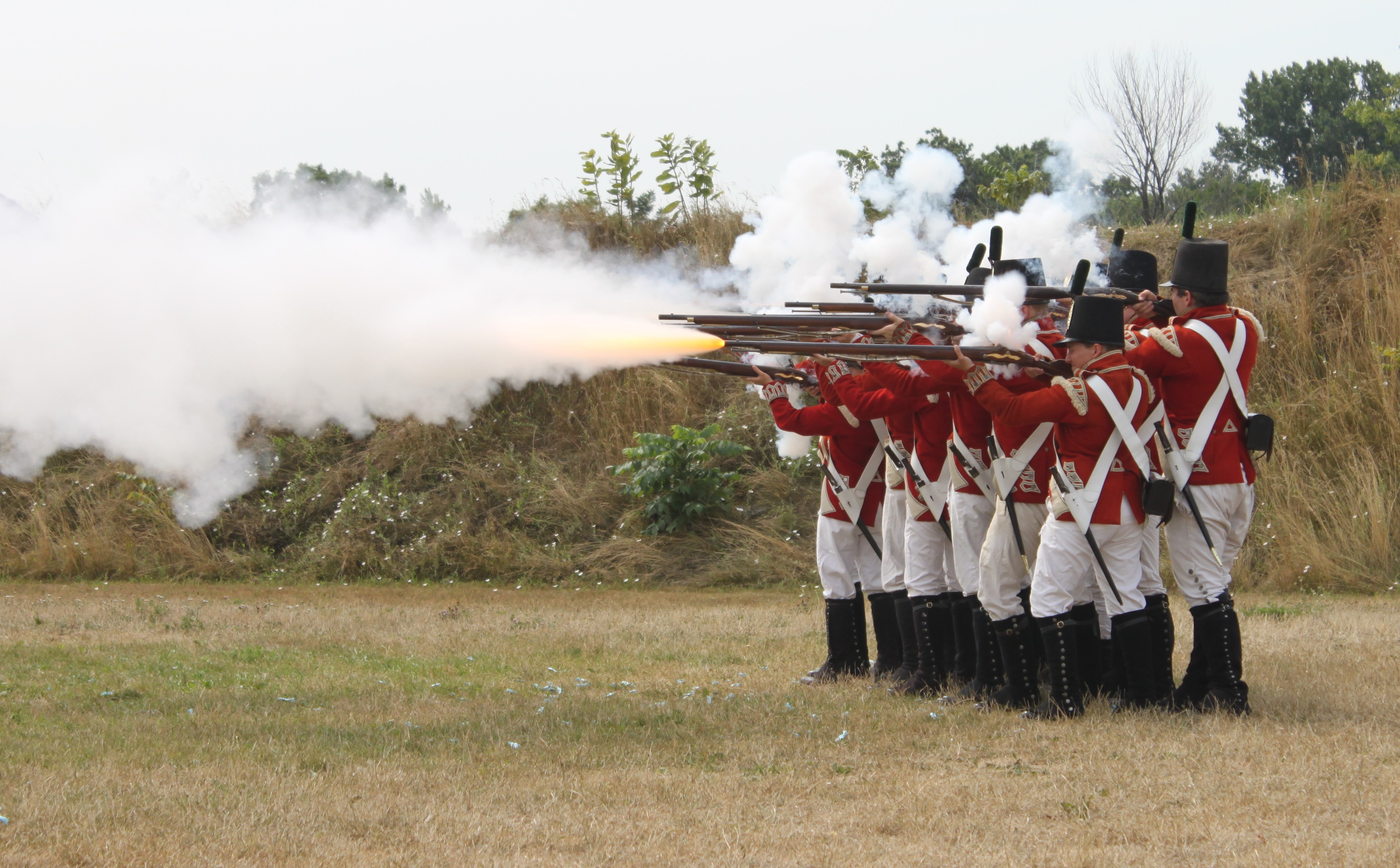
IN 1942, Adolf Hitler ordered the construction of a 2,000-mile long chain of coastal fortifications to safeguard Occupied Europe from an Allied invasion. It took more than a half a million labourers over two years to build up the defences, which became known as the Atlantic Wall.
The sprawling network incorporated thousands of bunkers, fortresses and gun emplacements built from more than 1.2 million tons of steel and 17 million cubic meters of concrete. The project cost the Third Reich the modern-day equivalent of $200 billion. The line, which ran from the Franco-Spanish border to northern Norway, bristled with barbed wire, tank traps, heavy artillery, machine gun nests, anti-aircraft batteries and land mines.
Ironically, it would take the Allies less than six hours to blast open a 50-mile gap in the Atlantic Wall at Normandy, France on D-Day, June 6, 1944. Within a year, the once seemingly impenetrable fortifications would be little more than an unpleasant reminder of the Nazi occupation. In the decades that followed the Second World War, Europeans set out to dismantle the concrete ramparts in an effort to reclaim their coastlines from the grim legacy of the war. The process was never fully completed; many of the structures still remain as unintentional monuments to the continent’s violent past. Some are preserved as historic landmarks; others have fallen into disrepair.

Danish landscape photographer and journalist Guiie Sandgaard Ferrer has documented much of what remains of these wartime edifices. He recently offered MilitaryHistoryNow.com a collection of his images. You can follow him on twitter @GSFPhotography
CALLING ALL PHOTOGRAPHERS: Got pictures of historic sites, warplanes or living history events? Let us showcase them. Drop a line to editor@militaryhistorynow.com










I grieve for all the young men who perished there… The photography was very well done yet solemn and honorable.